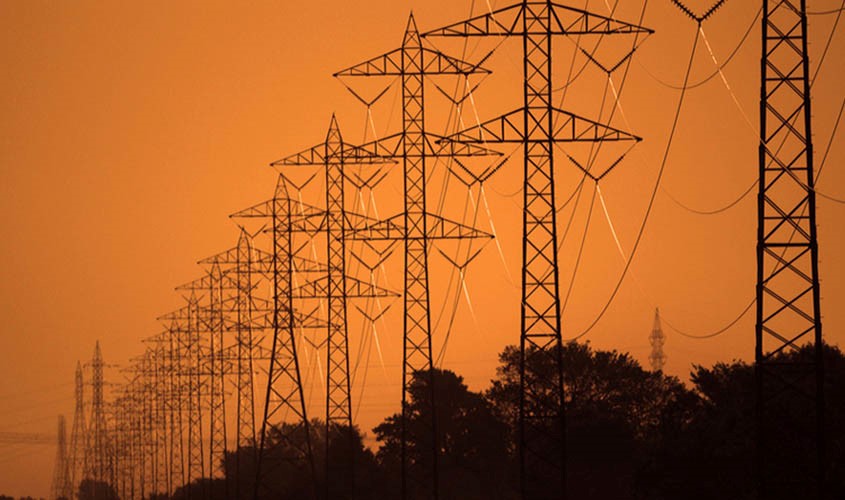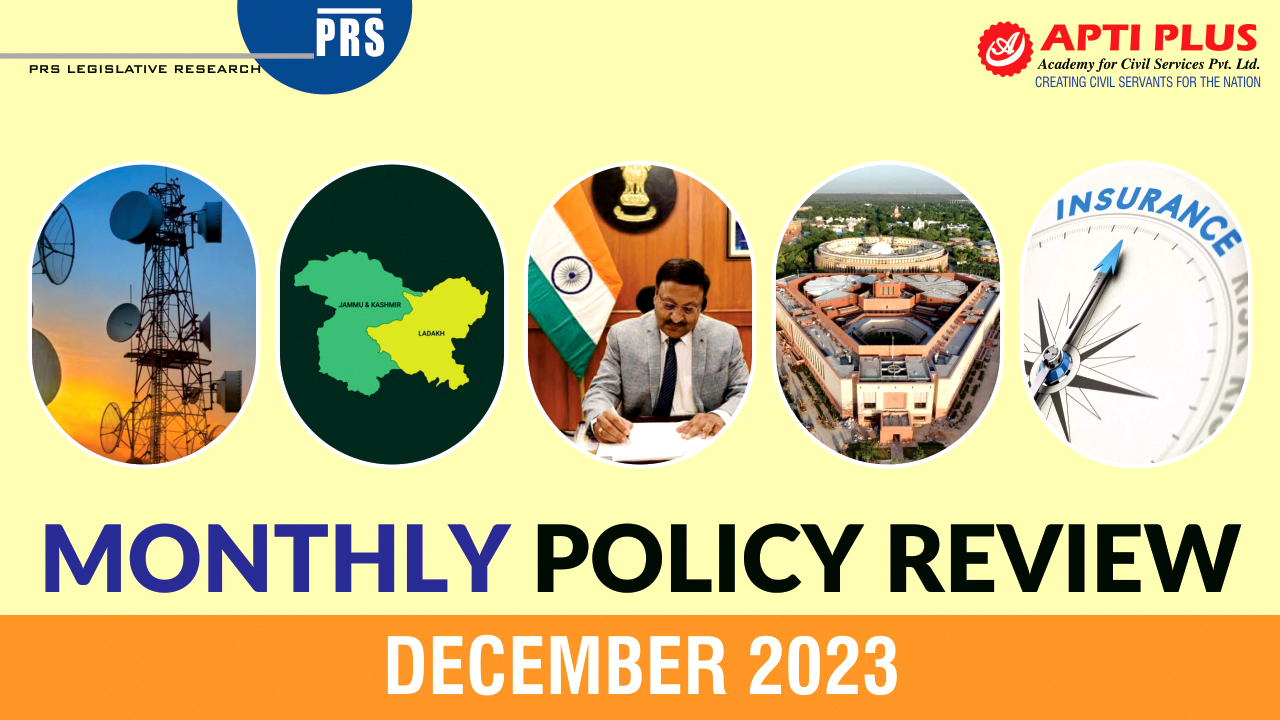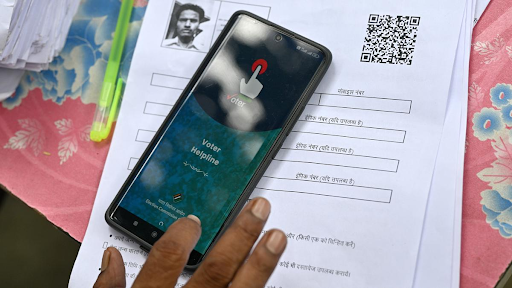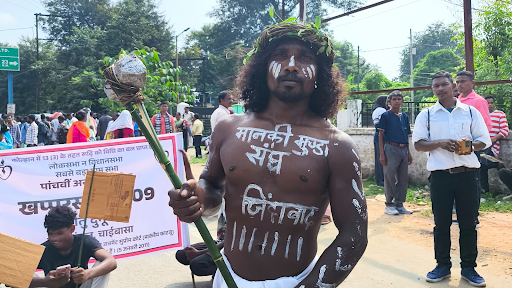Description

Disclaimer: Copyright infringement not intended.
Context
- In April 2018, the central government, through the Pradhan Mantri Sahaj Bijli Har Ghar Yojana (Saubhagya scheme) claimed to have achieved near-universal electrification in India.
- The government went on to strive to achieve 24x7 electricity for all households in the country by 2022.
Challenges in Ensuring Quality and Uptake
- While the first goal of reaching each household was somewhat achieved — villages were considered electrified if 10 per cent of the households in the village had received a connection — the factors affecting quality and the uptake of electricity in villages may need to be looked at again.
- In 2015, the World Bank introduced a new multi-tier framework in order to redefine energy access.
- The definition in the framework would now focus on reliability and quality instead of solely focusing on the availability of a connection.
- The availability, reliability, quality, affordability, legality, peak capacity and health and safety were all taken into consideration.
Disparities in Rural and Urban Electricity Supply
- Between the years 2015 and 2019, Prayas Energy Group’s Electricity Supply Monitoring Initiative tracked the reliability and quality of electricity supply at several rural and urban locations in India.
- The findings from these figures show a stark difference between rural and urban supply quality.
- For example, in Uttar Pradesh, megacities experienced an average outage of 21 minutes, while rural areas’ average outage duration was 90 minutes.
- In various other instances, it has been noted that rural populations are not fully satisfied with their electricity supply because of its erratic nature and voltage fluctuations.

Issues with Debt-ridden Discoms and Transmission Losses
- Currently, most areas get electricity through distribution companies or discoms.
- Most states have primarily one discom supplying electricity to the entire state.
- As a result, the distance from the nearest transmission grid increases by a lot for remote villages in rural areas, massively increasing discoms’ cost of supply.
- Discoms lose about Rs 4 per unit supplied to rural areas.
Preference for Decentralised Renewable Energy
- Against this backdrop, people in rural areas also prefer decentralised electricity over the main-grid even if it is more expensive, as long as it is of better quality, two studies have found.
Policy Recommendations for Sustainable Electricity Access
- The draft National Energy Policy 2017 proposed that tariffs for rural areas be determined by the cost of supply rather than heavily subsidising rates to encourage more rural communities to use main-grid electricity.
- Discoms are also encouraged to collect bills on a monthly basis rather than once every 2-3 months, as is common in remote rural areas.
Conclusion:
- More importantly, the rural customer should get their fair share of electricity, which will only happen if the focus is on equity than just availability.

Pradhan Mantri Sahaj Bijli Har Ghar Yojana (Saubhagya scheme) Specifications:
Launch Date:
Objective:
- Provide energy access to all households through last mile connectivity.
- Achieve universal household electrification in the country.
Target:
- Ensure 24x7 electricity access for every citizen by 2022.
Implementation Approach:
- Electrify households, considering a village electrified if 10 percent of its households receive connections.
Beneficiaries:
- Identified using Socio Economic and Caste Census (SECC) 2011 data.
- Un-electrified households not covered under SECC data can avail connections by paying Rs. 500.
- Solar power packs provided for un-electrified households in remote areas.
Implementation Process:
- Modern technology used for household survey via Mobile App.
- Beneficiaries identified and applications registered on spot.
- Gram Panchayat/Public institutions authorized for application collection, bill distribution, and revenue collection.
- Rural Electrification Corporation Limited (REC) serves as the nodal agency.
Expected Outcomes:
- Environmental upgradation by reducing kerosene use.
- Improvement in education and health services.
- Enhanced connectivity through electronic devices.
- Increased economic activities and job opportunities.
- Improved quality of life, especially for women.
|
PRACTICE QUESTION
Q. Examine the disparity in electricity access between rural and urban areas in India despite the Saubhagya scheme's claims of near-universal electrification. Discuss the challenges faced in ensuring quality electricity supply in rural regions and analyze the preference for decentralised renewable energy. Evaluate policy recommendations for sustainable electricity access in rural areas.
|













